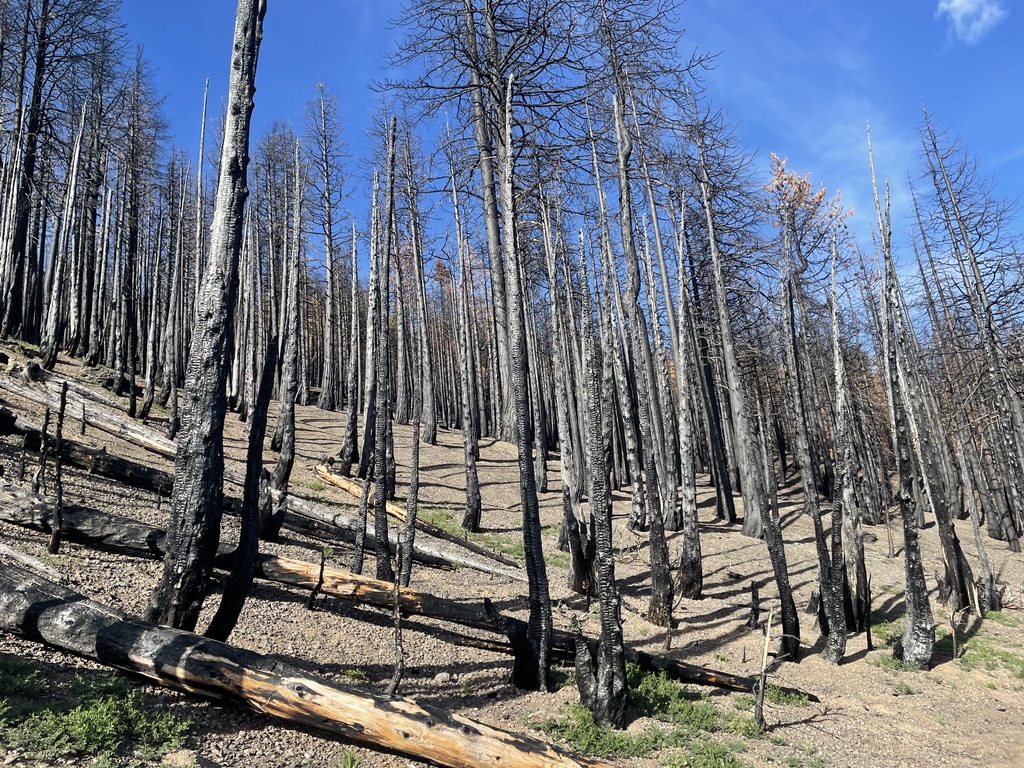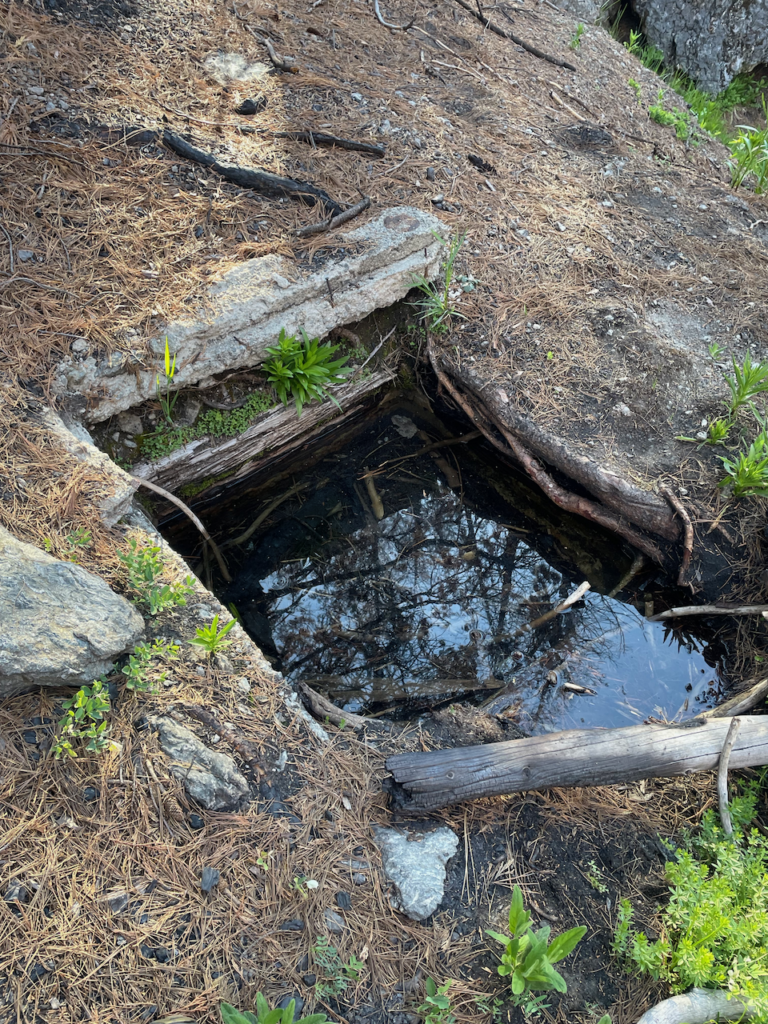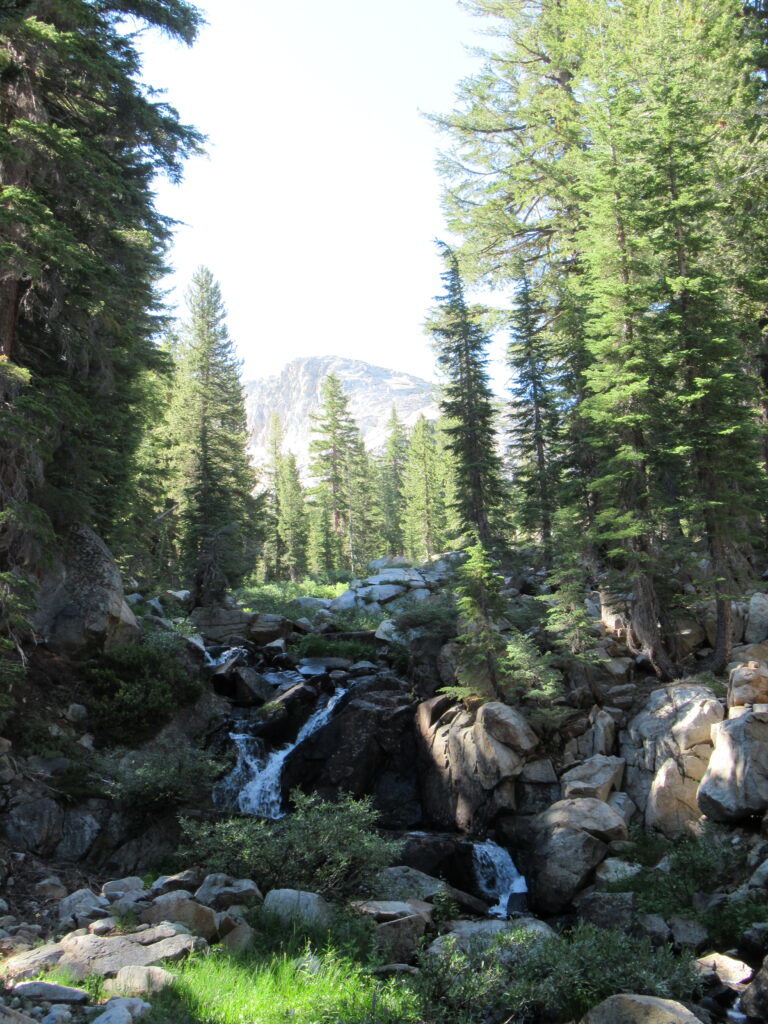The Giant Cultural Parasite, Part 5
This is part 5 of a series about how cultural systems have their own goals that are not aligned with human goals. If you’re just joining us, or if you want to review, here’s where we’re at:
The big picture (Part 1):
The systems that drive our culture and determine our lives are out of control and seem to have their own agendas.
Where we’re at:
In part 2, we considered how natural laws create patterns, like how water moves under pressure from a stone, and we saw how forces like gravity and momentum create repeating cycles of movement—oscillations—that create patterns like waves.
In part 3, we explored how self-replicating structures like canyons and salts emerge out of a tendency for different objects to fit themselves to one another and to shape each other to fit even better.
In part 4, we took a look at how and why self-replicating structures dominate the world, which partially answers the question “why is there order instead of chaos?” We derived Richard Dawkins’ laws of replication and explained why they work the way they do.
In this part (5), we’ll talk about how competition for resources led to greater complexity and “goals”.
In part 6 and onwards, we’ll talk about parasites and coevolution, and then move into how the parallel world of ideas, consciousness, and systems emerged—what we call memes. Then we’ll see why systems have their own goals, based in the same competition for resources that engages individuals and species, and how we might be able to use this understanding—in a fancy bit of inverted logic—in order to shape the systems to our own ends.

Part 5: Replicator Goals
It was a charnel house. Thousands of trees, immolated where they stood, stretching for the sky like a congregation of sinners asking for mercy. Their blackened souls taut and brittle among ashen ground.
I was walking through the charred remains of the Yolla Bolly wilderness with Dustin and Wanish. Dustin had just asked me for a concise explanation of memetics, and my explanation was quickly spinning out of my control as I tried to braid all the filaments into a coherent whole without getting into the weeds. “Natural selection for ideas” is where I started, and it would have been a concise and coherent answer, but it didn’t say anything about how that worked, or about why it was important. To explain that, I latched onto the only available visual metaphor: the trees, stripped of all their foliage and most of their branches, which were a stark reminder of how competition leads to extremes. The trees had all adapted to compete for sunlight by maximizing growth on the vertical axis. I tried to explain how ideas also competed for resources—human attention and sharing—by going to extremes of human emotion: outrage, salaciousness, pathos, shock.
I don’t know whether my explanation landed for Dustin and Wanish, but the metaphor continued to work in my mind as we passed ribbons of water where little green shoots were beginning to take a hold, and occasional flowers hiding in the shade of the black pillars. Maximization on a single axis, I remembered, was not the only path to reproductive success.

In the last section, we derived the three laws of Longevity, Fecundity, and Fidelity. Each of these strategies has advantages on their own, but it is in combination that they truly begin to have their best success. A long-lived organism that propagates often will have plenty of opportunity to flood the world with its offspring. If those offspring are also very similar to itself, than the particular characteristics that led to its success will have the best opportunity to survive over the long haul.
We’re now going to make a leap from basic replicators into what Richard Dawkins calls survival machines. I’m not going to explain that leap in depth, but the basic idea is that our DNA is made up of many (millions? billions?) of replicators that have joined together for mutual benefit. These specific replicators are our genes, and they determine how our bodies (our survival machines) are built and how they function.
The DNA ‘wants’ to create a strategy that meets the three criteria: Longevity, Fecundity, and Fidelity. That means it needs to create a survival machine that can access resources. Those include matter (water, minerals, chemicals) and energy to build and repair the survival machine so it can live and reproduce.
These resources are not infinite—water is not found everywhere in equal amounts, sunlight can be blocked, soils have different compositions of minerals and density—and given the exponential growth of the replicators, competition is inevitable.
So this is the game: how to best convert matter and energy into Longevity, Fecundity and Fidelity. A couple examples can easily stand in for the whole and explain why we have so much diversity in the world. Among the high, dry White Mountains near Death Valley, water resources are so scarce that the ancient Bristlecone Pines have optimized for Longevity over Fecundity, because they would quickly outpace the water supplies available. Some algaes, on the other hand, where they have access to plentiful water and nutrients, reproduce so quickly that they can take over an entire lake in a short period. Redwoods in the foggy coastal range compete for scarce sunlight by growing tall and spreading out thick canopies, while chaparral in the sunny, dry desert will conserve water-losing growth above the ground and instead sink their roots in search of scarce moisture. Looking for replicator strategies through the lens of the three laws is a fun game that can begin to resemble a treasure hunt. I once found myself tickled by the fact that a north-facing slope in Yosemite was dominated by spruce, while just over the ridge it was dominated by fir. The difference in sunlight and snowmelt had given different advantages to different species and had even changed the composition of the soils through different rates of erosion.
These replicator strategies, when they compete over long periods of time, begin to carve out strange and complex niches. The strategies also depend on the other replicators in their environment. It’s a beautiful dance that leads to strange and sometimes unbelievable behaviors.
A few paragraphs back, I mentioned that DNA ‘wants’ to create a strategy that meets the three criteria. The truth is, DNA wants nothing. It is simply a program that replicates itself. If it meets the three criteria better than its competitors, then it survives. If it doesn’t, it ceases to exist. Over trillions of iterations over billions of years, even slight advantages will completely dominate competitors and drive them out of existence. On the other hand, given that replication is never perfect, there are constantly new variations coming into existence, some of which will be ever-so-slightly better and which will gain new traction in the battle for survival (and it’s important to note, most variations will be worse, or at least ill-fitted for the particular environment in which they appear, so they will also pass out of existence). The result is that all of the replicators that remain are highly specialized toward the “goal” of meeting the three criteria.
Put another way, the creatures that survive have a “goal” of survival written into their DNA.
Here’s why that’s important to memetics: goals, as we’re defining them here, don’t require consciousness. An idea like capitalism or Judaism or a good joke doesn’t need to be independently conscious in order to have a goal. If it has the seeds of reproduction and resource consumption written into its DNA, it will continue to propagate and pull resources into its circle of influence, regardless of anything as slippery and undefined as “consciousness”. Often, as we’ll see later, human “consciousness” is just one more resource for these systems to harness and exploit.


